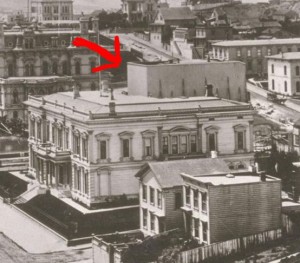In March 2010, while listening to PBS, I heard an obituary of radio writer and producer Norman Corwin. For years, Corwin has been one of my favorites, chiefly because of (or only) his wonderful On a Note of Triumph.
On a Note of Triumph, difficult to describe, better yet heard–but I suppose I can sketch its parameters. It is an hour-long radio show written by Corwin in 1945 for CBS on the occasion of V-E Day. It is a sharp departure from anything that listeners in 1945 may have heard: oblique, poetic, indirect. Don’t worry; it is packed with plenty of mid-century pomposity, self-congratulation, and in-your-faceness, too.
One reason for this pomposity is Martin Gabel, whose bellowing stentorian narration grounds this piece firmly in its time. Bernard Herrmann, famed for his Hitchcock scores, wrote the music for On a Note of Triumph.
On a Note of Triumph is one of the most bizarre pieces I have ever heard: an artifact of the age, yet pure poetry.
For the past two decades, I had been expecting Norman Corwin’s death with some fear. I had never met the man. Yet he so perfectly represented a time in history that I loved. Now it was here. Norman Corwin’s death at age 100.
No, wait. The old duffer was still alive! This was simply a retrospective on his 100th birthday. Fooled again. Norman Corwin was still alive and well, no doubt in his Santa Monica, CA home listening to this retrospective, too.
Praise be! Death is stopped forever!





